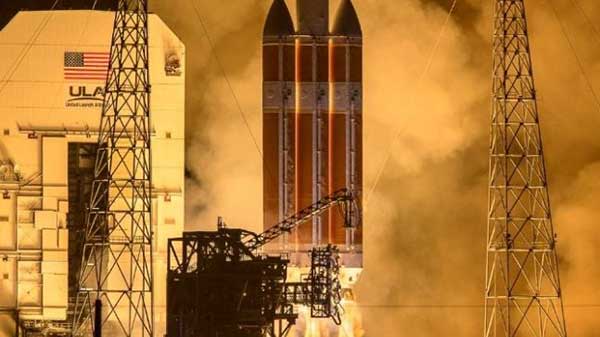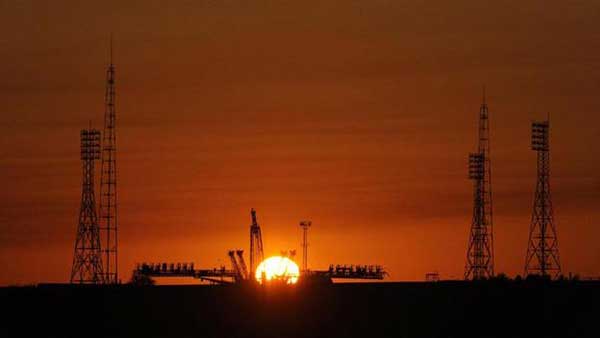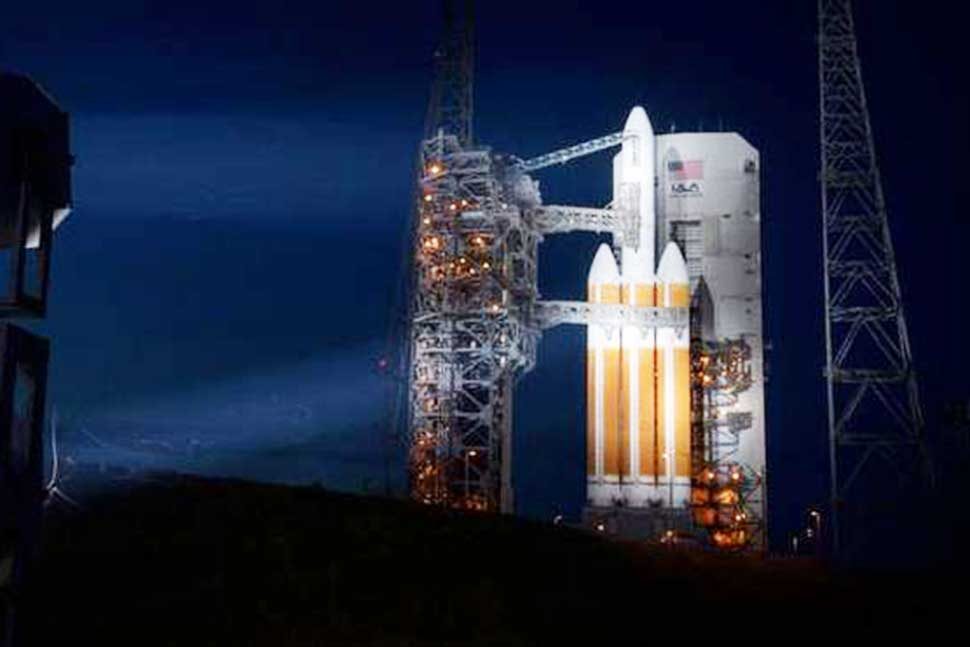After reconnoitering the galaxy, patrolling the Mars, and strolling the space; NASA has set its limit to the giant star of our galaxy and the only source of light- Sun.
On 12th August 2018, it has launched a seven-year long journey with Parker Solar Probe to unlock the mysteries of the star’s fiery outer atmosphere and its effect on the weather of the space. It is mankind’s first mission to kiss the sun.
According to the NASA chief scientist Jim Green, they were scheduling this solar mission ever since Eugene Parker said, “I believe the sun is outgassing” almost sixty years back. Parker’s prediction encountered much skepticism in 1950s, but with time it was proved that Parker was right. Thus, the name of the mission.

Studies have proved that the outgassing in the sun is the solar wind, which is the stream of charged particles flowing constantly from the sun. Parker Solar Probe is a historic and bold mission to unfold the deepest secrets of the giant star, the only source of energy and light. The USD 1.5 billion assignment will perform the closest ever observations of a star. The car sized spacecraft will travel directly into the sun’s atmosphere, called corona. The solar probe is planned to end up travelling faster than any spaceship and getting unprecedently closer to the star.

Parker Solar Probe will explore the region of the sun which is only visible from earth during total solar eclipses, when the moon blocks the sun.
The study of the measurements & imaginings collected from the mission would reveal the sun’s inner workings. Which will revolutionize the understanding of corona and how it processes to affect the Earth space.It will make nearly twenty-four passes through the corona.The mission holds answer to many scientists’ outstanding question, which will help to know our only source of energy much better. The spaceship carries a team of instruments to study the sun very keenly both remotely & directly.

The solar probe has to withstand 500times the solar radiation heat, which we experience on earth. The spacecraft’s sun facing side will be heated up-to 2500-degree F according to NASA officials. The conditions would be extreme, and the craft will be hammered like anything. To deal with the extreme heat, the probe is prepared with a shield made of carbon composite material, that will keep the instruments at a comfortable temperature of 85-degrees F. These shielded instruments will measure the sun’s electric & magnetic fields, waves and will photograph the corona & inner regions.

All such information will give the data helping the researchers to better predict and plan for intense solar storms, that may cause disruptions on Earth.
Parker Solar Probe lifted off from a pad at Cape Canaveral Air Force station. It was a great moment for 90 years old Dr. Eugene N Parker, who watched his first rocket launch as his namesake spacecraft was launched. With the efforts of such scientists, their dreams and unending quest; science is a blessing for mankind, which would leave no stone unturned for the betterment of humanity.





